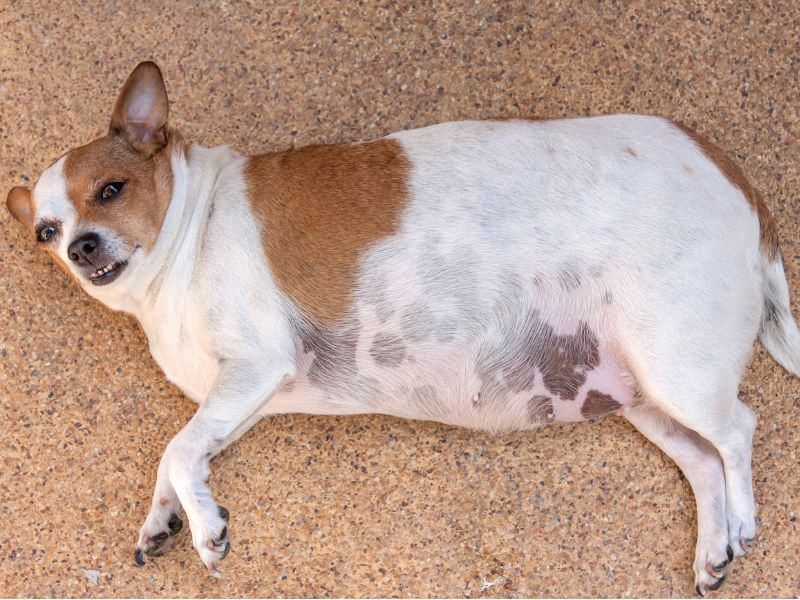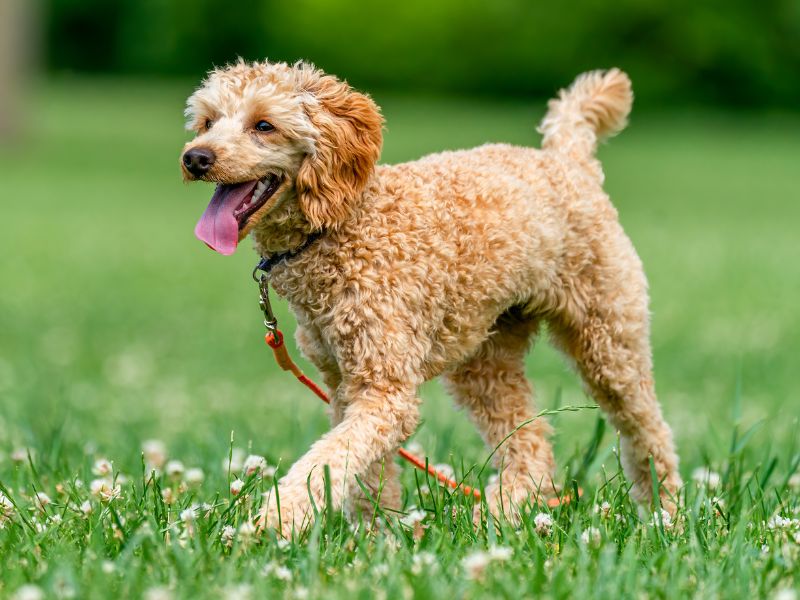As a responsible dog owner, it is important to understand your dog’s weight and how it can affect their overall health and wellbeing. In fact, obesity is one of the most common health problems in dogs, which can lead to various health issues such as diabetes, arthritis, and heart disease. On the other hand, being underweight can also be a problem and can indicate an underlying health issue. Therefore, it is crucial to maintain your dog’s healthy weight. In this guide, we will discuss everything you need to know about your dog’s weight, including what is considered healthy, signs of an overweight dog, risks of being overweight, causes of weight gain, solutions for helping your dog lose weight, tips for maintaining a healthy weight, and exercises for overweight dogs.
Why is Understanding Your Dog’s Weight Important?
Understanding your dog’s weight is essential for their overall health and wellbeing. Just like humans, being overweight can lead to various health problems such as diabetes, arthritis, and heart disease. It can also shorten your dog’s lifespan. On the other hand, being underweight can also indicate an underlying health issue or malnutrition. Therefore, it is important to monitor your dog’s weight regularly to maintain their healthy weight.
Understanding Dog Weight: What is Considered Healthy?
Determining whether your dog is at a healthy weight involves more than just looking at numbers on a scale. Every dog breed is unique, and different breeds have different ideal weights. A healthy weight for a Chihuahua, for example, is different from that of a Labrador Retriever. When determining your dog’s ideal weight, you need to consider various factors such as breed, age, gender, and body condition. A healthy weight is typically defined as having a visible waist, ribs that can be felt but not seen, and a tucked-up abdomen.

Signs of an Overweight Dog
One of the most common signs that your dog is overweight is if you cannot feel their ribs or see their waist. Other signs include difficulty breathing or moving, lethargy, and a reluctance to exercise. Another way to determine if your dog is overweight is to perform a body condition score test. This involves running your hands over your dog’s body to feel for their ribs and waistline. If you cannot feel their ribs, or if they have a sagging belly or fat deposits, they may be overweight.
Risks of Having an Overweight Dog
Being overweight can lead to various health problems in dogs, such as diabetes, arthritis, heart disease, and respiratory issues. Being overweight can also shorten your dog’s lifespan by up to 2.5 years. Additionally, overweight dogs are more prone to injury, and their mobility may be restricted, which can lead to a lower quality of life.
Common Causes of Weight Gain in Dogs
There are several causes of weight gain in dogs. The most common cause is overfeeding or feeding your dog too many treats or table scraps. Lack of exercise is another common cause of weight gain in dogs. Other factors that can contribute to weight gain include genetics, age, and underlying health conditions such as hypothyroidism or Cushing’s disease.
Solutions for Helping Your Dog Lose Weight
If your dog is overweight, there are several solutions to help them lose weight. First, you should consult with your veterinarian to rule out any underlying health issues. Your vet can also recommend a diet and exercise plan that is suitable for your dog’s age, breed, and health condition. You can also make changes to your dog’s diet, such as reducing the amount of food you feed them, switching to a weight management food, or feeding them smaller, more frequent meals. Additionally, increasing your dog’s exercise by taking them for daily walks or incorporating playtime can help them lose weight.

See Also: Finding the Perfect Feeding Routine for Your Dog
And: Quick and Easy Home-Made Dog Treats!
Tips for Maintaining Your Dog’s Healthy Weight
Maintaining your dog’s healthy weight is just as important as helping them lose weight. To keep your dog at a healthy weight, you should monitor their food intake and avoid overfeeding or giving them too many treats. You can also switch to a weight management food that is designed to help maintain a healthy weight. Additionally, regular exercise is essential for maintaining a healthy weight. You should aim to take your dog for suitable daily walks, or engage in playtime, to keep them active and prevent weight gain.
How to Calculate Your Dog’s Daily Caloric Needs
Calculating your dog’s daily caloric needs is essential for maintaining their healthy weight. The number of calories your dog needs depends on various factors such as breed, age, gender, and level of activity. To calculate your dog’s daily caloric needs, you can use an online dog calorie calculator or consult with your veterinarian.
Best Exercises for Overweight Dogs
Exercise is an essential part of helping your dog lose weight and maintain a healthy weight. However, if your dog is overweight, you need to be careful about the type and amount of exercise you provide. Walking is one of the best exercises for overweight dogs. You can start with short walks and gradually increase the distance over time. Swimming is another low-impact exercise that is great for overweight dogs. You can also engage your dog in playtime, such as playing fetch or tug-of-war, to keep them active.
Conclusion
Understanding your dog’s weight is essential for their overall health and wellbeing. Whether you are dealing with an overweight, underweight, or just right dog, it is crucial to maintain their healthy weight. By monitoring their food intake, providing regular exercise, and consulting with your veterinarian, you can help your dog lose weight and maintain a healthy weight. Remember that every dog is unique, and their ideal weight depends on various factors such as breed, age, and gender. By following the tips provided in this ultimate guide, you can keep your furry friend healthy and happy for years to come.

